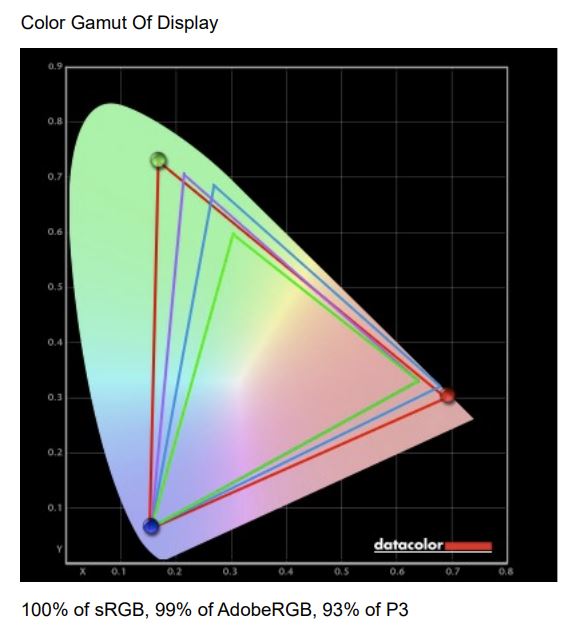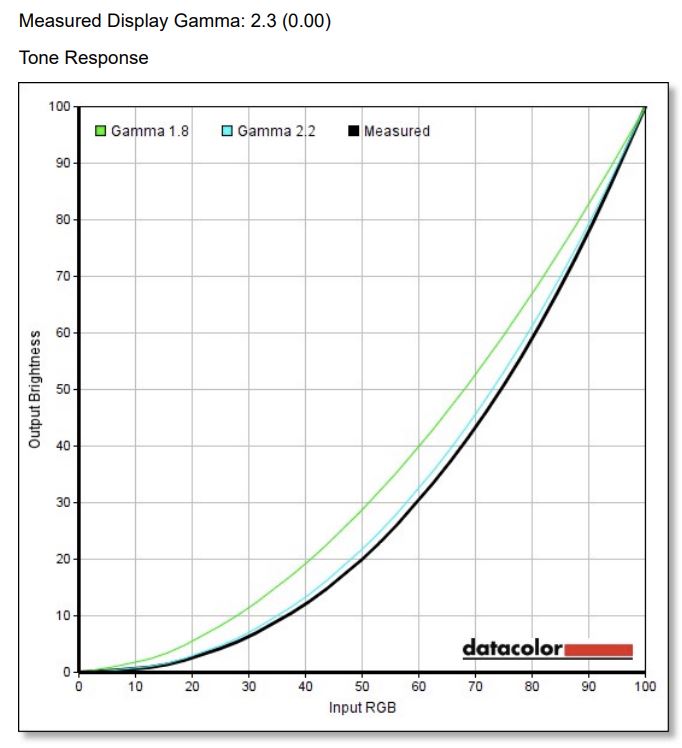MSI Optix MPG321QRF-QD 32″ Gaming Monitor Review
Performance
The panel looks incredible from the moment you first fire it up. Notably, there’s a good quality anti-glare coating on the panel, so light reflections are kept fairly minimal. However, the deep blacks, 400nits brightness (600nits peak HDR), and the strong colour reproduction of that IPS panel all add up to a bold picture that really pops.

It’s a surprisingly colour accurate panel though, and I certainly won’t be complaining about that. Out of the box, the default settings are pretty optimal, if a little bright and on the blue side, but that’s pretty common on all monitors it seems.

The gamma was a little lower, but not that I could tell without professional monitoring equipment. I think a lot of this was from the age of my sensor, and I may need to upgrade it for these newer monitors.


Just set the white levels to “warm” and nip the brightness down, or use the Adobe colour profile and I doubt you’ll need to go as far as calibrating it. The colours are even good enough for some photo editing and video grading, perfect for you gamers who are also content creators.

When it comes to gaming this panel isn’t bleeding edge technology, but it’s hardly lacking either. 175 Hz is a far cry from the industry standard of 60 Hz that most of us use. The Rapid IPS panel technology means you get sub 1ms response times, and because it’s G-Sync compatible, you can enjoy tear-free gaming even when you can’t max out that refresh rate.

Another welcome addition is the console mode. MSI call it their 2K Resolution PS5 Optimization, but it works exactly the same for the Xbox Series X. The monitor drops into FHD @ 120 Hz model or a WQHD @ 120Hz mode in consoles, ensuring you’re getting the correct performance level from them and no dropping frames or suffering unwanted screen tearing as a result.

At 1440p, it’s a great monitor for gaming, but if you’re coming from a Full-HD (1080p) panel, the extra resolution bump is certainly a welcome one.

Not only does it add more detail to your games, but the increased resolution can improve productivity. At 32″ and WQHD you can comfortably fit multiple windows on your display and still read them clearly.

The OSD is decent enough, it’s the same setup we’ve seen on most MSI monitors in recent years. You’ve got a clear overview of the current settings, quick access to display profiles, and a nice suite of gaming overlays to suit your needs too.

Overall though, I can’t really fault the gaming experience here. It’s a 32″ panel, which is what I’m personally used to so the size feels very comfortable and the viewing angles are excellent. Furthermore, while I am a 4K monitor user myself, the drop to 2K isn’t really a big deal. For starters, it’s easier to get higher frame rates at this resolution. Plus, while I normally game at 60 Hz, gaming at 175 Hz still delivers more visual information per second, so it actually makes things look clearer despite the lower resolution. This is especially true in faster-paced games such as Forza, Halo, CS:GO, etc.

I’m no competitive eSports player, far from it actually, but as a gaming enthusiast, I can still enjoy the benefits of this panel. Many games support higher refresh rates anyway. I actually play Elder Scrolls Online a lot, and ripping around Craglorn with a high frame rate looks absolutely gorgeous. Either way, it doesn’t matter what you play, consoles or the latest PC games, this monitor has something for everyone.









